Understanding the Differences Between cable cat 5 vs cat 6: A Comprehensive Guide from Fahad Cables Industry FZE
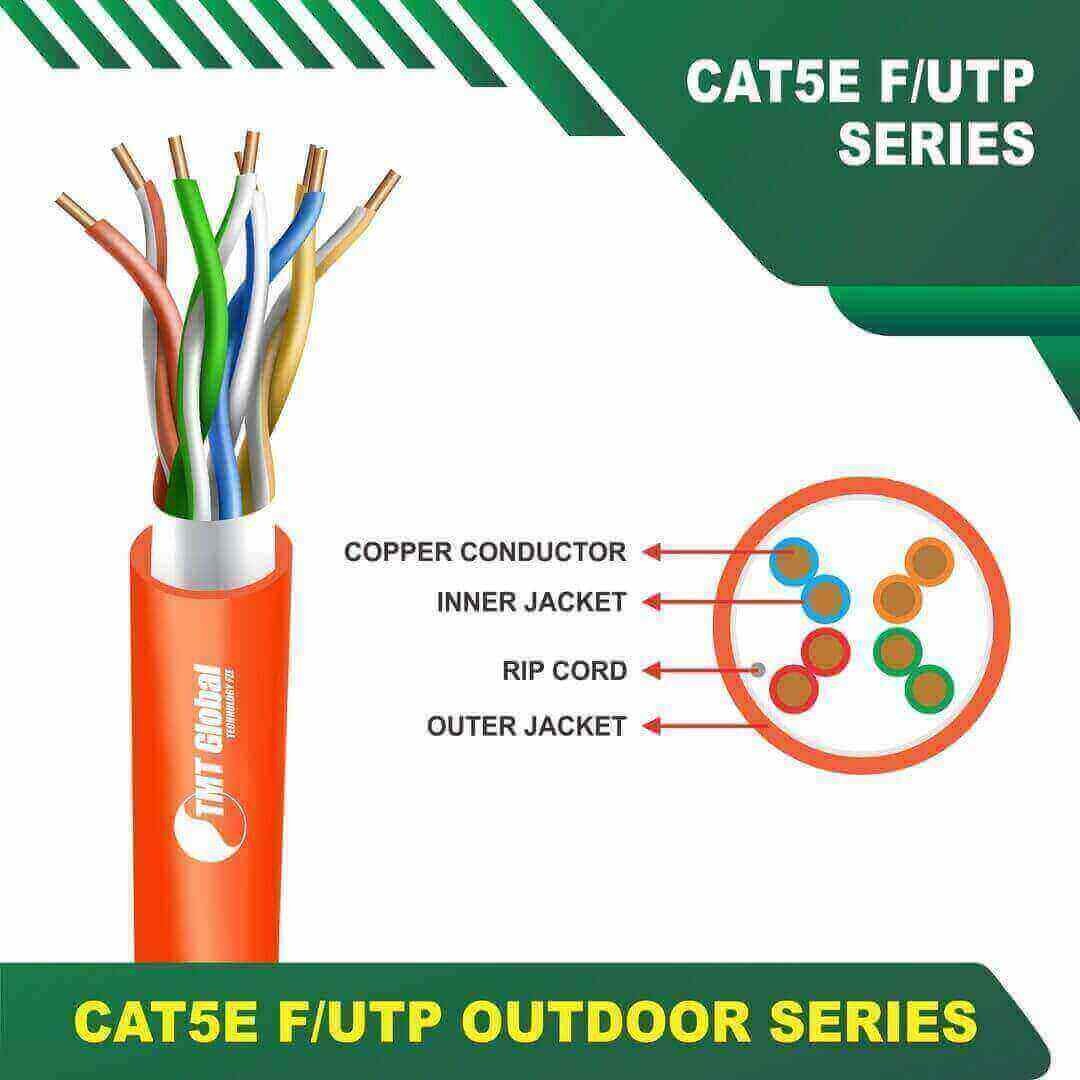
Introduction to Ethernet Cables
Ethernet cables play a pivotal role in facilitating network communication and are essential components in any modern data transmission system. These cables enable devices such as computers, routers, and switches to connect and communicate effectively within local area networks (LANs). The significance of Ethernet cables becomes even more apparent as our reliance on high-speed internet and seamless connectivity continues to grow.cable cat 5 vs cat 6
Ethernet cables are categorized into a series of classes, known for their performance capabilities and levels of transmission speed. Each category features distinct specifications regarding bandwidth, data rates, and maximum cable lengths, ensuring that users can select the most suitable option depending on their specific networking needs. The most widely recognized categories include Cat 5, Cat 5e, Cat 6, and beyond, each providing varying capabilities and enhancements over its predecessors.
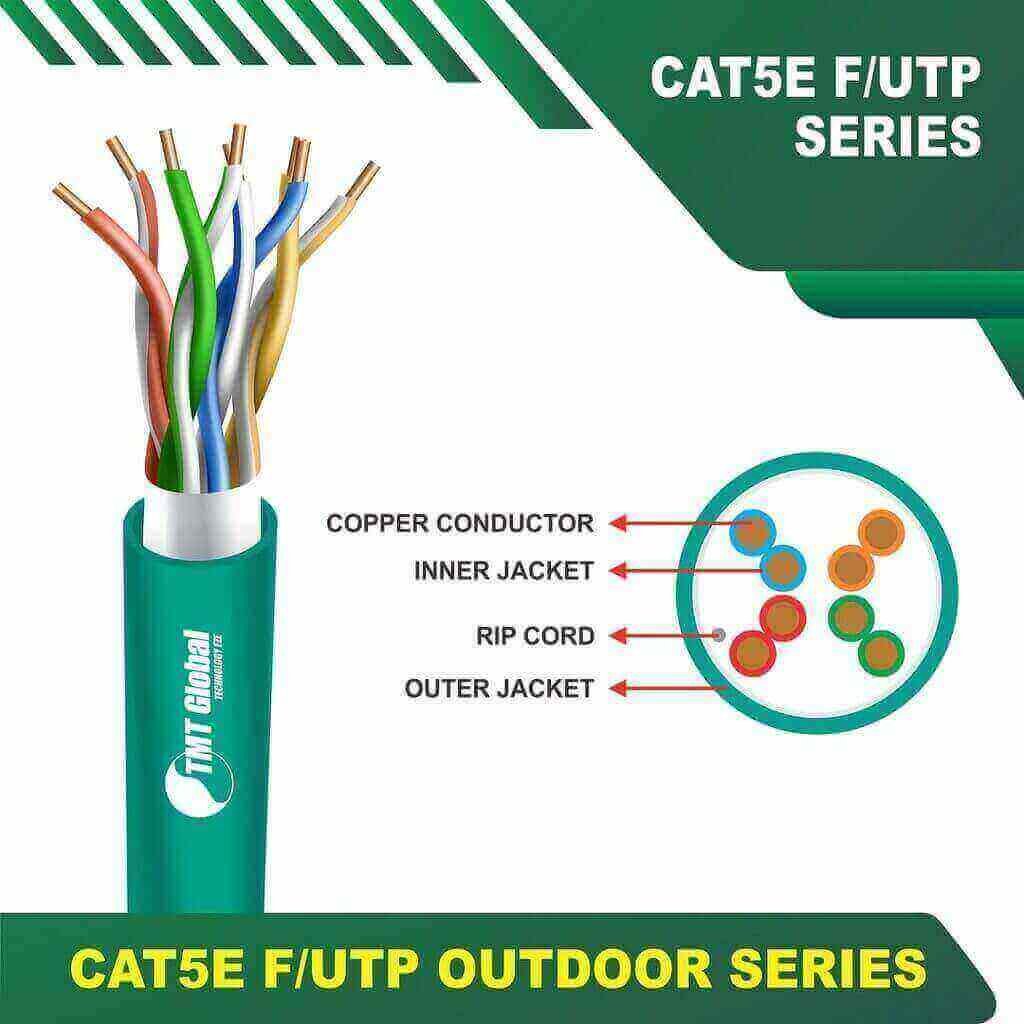

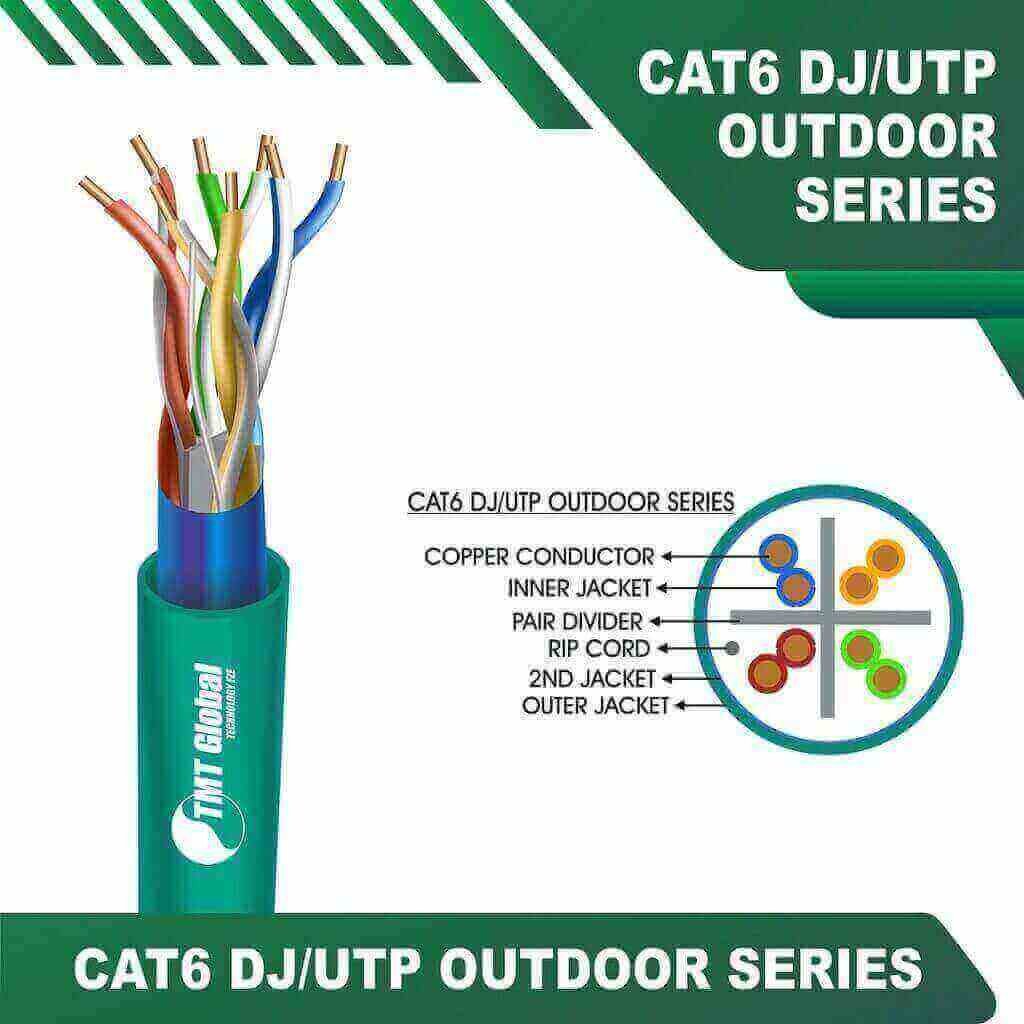
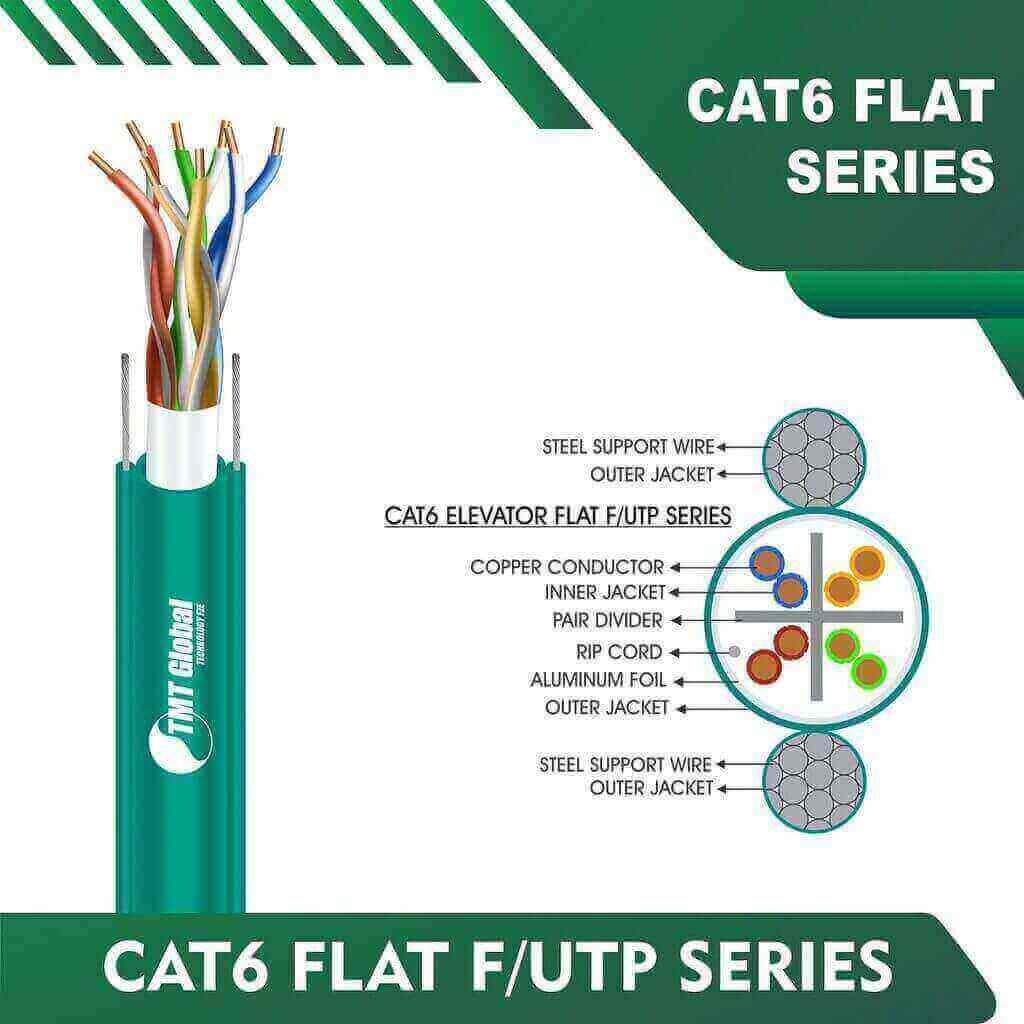
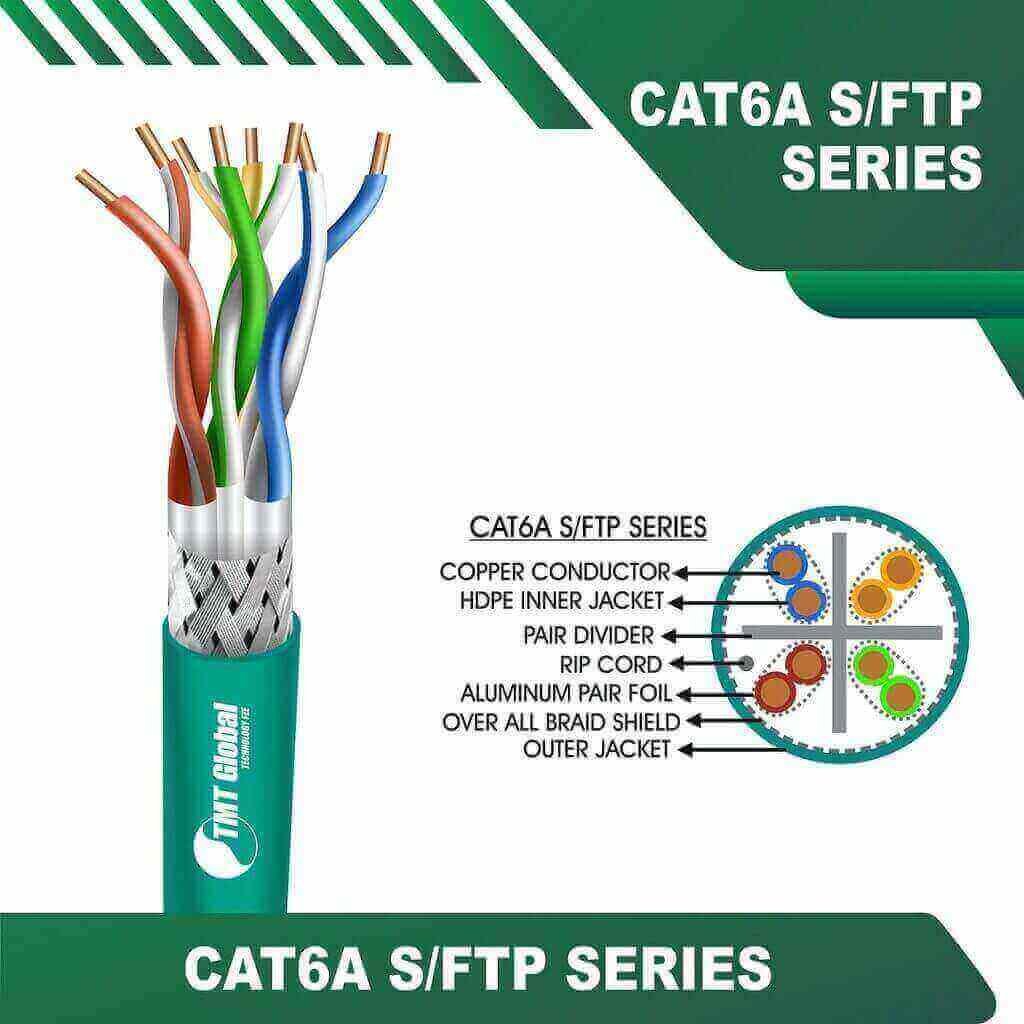
The evolution of Ethernet technology has led to substantial improvements in cable design and performance metrics. For instance, while Cat 5 cables were once a standard choice for many networking applications, the introduction of Cat 6 cables has significantly outperformed prior categories by providing greater bandwidth and reduced interference. This enhancement is crucial, especially in environments with high data loads and demanding applications such as HD video streaming, online gaming, and large file transfers.
As we delve deeper into the specifics of Cat 5 and Cat 6 cables, it is crucial to understand not only the fundamental principles that guide their functioning but also how advancements in Ethernet technology have shaped our networking landscape. The subsequent sections will provide a comprehensive comparison between these two popular types of Ethernet cables, helping users make informed decisions when it comes to optimizing their network infrastructure.
What is Cat 5 Cable?
Category 5, commonly referred to as Cat 5, is a type of twisted pair cable that has been widely utilized in networking due to its effectiveness in transmitting data. Cat 5 cables are engineered to support data rates of up to 100 Mbps and operate effectively over distances of up to 100 meters. This makes them suitable for various applications, including Ethernet networking and telephone systems, providing a reliable solution for everyday connectivity needs.
One of the defining characteristics of Cat 5 cables is their ability to handle frequencies up to 100 MHz, allowing them to facilitate fast and efficient data transmission. The cabling consists of four twisted pairs, which aid in minimizing electromagnetic interference, a crucial factor in maintaining signal integrity. This feature makes Cat 5 an ideal choice for standard internet connections in both residential and commercial settings, where reliable data transfer is essential.
The manufacturing process of Cat 5 cables at Fahad Cables Industry FZE adheres to stringent quality standards. The production involves selecting high-quality materials to guarantee durability and performance. The copper conductors used in Cat 5 cables are designed to ensure minimal attenuation, thereby enhancing the overall performance of the cable. Each cable is rigorously tested for compliance with industry standards before distribution, ensuring customers receive a dependable product for their networking requirements.
In summary, Cat 5 cables serve as a foundational element in the networking landscape. Their specifications, including a maximum data speed of 100 Mbps and operational range, make them adequate for typical applications. With Fahad Cables Industry FZE’s commitment to quality manufacturing, customers can trust in the reliability and functionality of Cat 5 cables for their networking needs.
What is Cat 6 Cable?
Category 6 (Cat 6) cables represent an advancement over their predecessor, Cat 5 cables, in various aspects crucial for high-speed networking. Designed to meet the increasing demands of modern data applications, Cat 6 cables support data transmission rates of up to 10 Gigabits per second (Gbps) over distances of up to 55 meters. This capability is particularly beneficial for environments that rely on high-speed connections, such as data centers, enterprise networks, and streaming services.
One of the key improvements found in Cat 6 cables is their enhanced ability to reduce interference. Cat 6 cables are constructed with higher-quality materials and additional shielding compared to Cat 5 cables, which helps to diminish crosstalk and other forms of electromagnetic interference. This is especially important in settings where multiple cables run in close proximity, thus ensuring a reliable data transmission experience.
The manufacturing standards adopted by Fahad Cables Industry FZE further enhance the performance of Cat 6 cables. These standards incorporate rigorous testing for performance and compliance with industry benchmarks, ensuring that each cable not only meets but often exceeds regulatory requirements. The robust construction of Cat 6 cables, along with their superior insulation and conductor design, contributes to their capability of maintaining signal integrity, even in high-demand settings. As a result, these cables provide a solid choice for users requiring dependable and efficient network solutions.
In summary, the advantages of Cat 6 cables, including their higher data rates and reduced interference, make them a suitable option for contemporary networking needs. With the emphasis on quality standards at Fahad Cables Industry FZE, customers can trust in the reliability and performance of their Cat 6 cables for all their high-speed networking purposes.
Key Differences Between Cat 5 and Cat 6 Cables
When considering network cables, understanding the differences between Category 5 (Cat 5) and Category 6 (Cat 6) cables is critical for making informed decisions. Both cables serve a similar function, but they are designed for different levels of performance and use cases. One of the primary distinctions is in speed capacity. Cat 5 cables support speeds of up to 100 Mbps, suitable for basic networking needs. In contrast, Cat 6 cables can handle speeds up to 10 Gbps for short distances, making them ideal for environments where high-speed data transfer is necessary.
Another significant difference pertains to bandwidth. Cat 5 cables offer a bandwidth of up to 100 MHz, limiting their performance in more demanding scenarios. On the other hand, Cat 6 cables operate within a bandwidth range of 250 MHz, allowing for greater data throughput and reduced signal interference. This increased bandwidth is particularly beneficial in environments where multiple devices require concurrent data access, such as offices or homes with extensive internet usage.
Construction quality further differentiates these two cable types. Cat 5 cables are typically constructed with fewer twists per inch compared to Cat 6 cables, leading to a higher susceptibility to crosstalk and interference. In contrast, Cat 6 cables are designed with tighter twists and often include additional shielding, which enhances their performance in high-interference environments. This feature makes Cat 6 a more robust choice for modern networking applications.
In terms of intended use cases, Cat 5 cables may suffice for personal home networks with minimal data demands. However, for businesses or technology-heavy environments requiring reliable high-speed internet and enhanced data transmission, investing in Cat 6 cables is advisable. This understanding of the core differences between Cat 5 and Cat 6 cables can guide proper selection based on specific networking needs.
Performance and Speed Comparison
When evaluating the performance and speed of Cat 5 and Cat 6 cables, it is essential to understand that these two categories possess distinct specifications and capabilities suited for varying networking needs. Cat 5 cables are capable of supporting data transfer speeds of up to 100 Mbps, making them suitable for basic networking tasks, including web browsing and small-scale operations. They operate on a bandwidth of 100 MHz, which limits their effectiveness in high-demand situations.
On the other hand, Cat 6 cables significantly enhance performance, accommodating data rates of up to 1 Gbps over distances of 100 meters. With an increased bandwidth of 250 MHz, Cat 6 cables provide improved signal-to-noise ratio, resulting in reduced interference and higher data integrity. Tests have shown that Cat 6 cables outperform their Cat 5 counterparts, especially in environments where multiple devices compete for bandwidth. For instance, in a typical office setup where high-speed internet usage is prevalent, utilizing Cat 6 can provide seamless connectivity during video conferencing and large file transfers, something that a Cat 5 might struggle with.
Moreover, in scenarios involving longer distances, the differences become even more pronounced. While Cat 5 cables can reliably manage connections up to 100 meters for a maximum speed of 100 Mbps, Cat 6 cables maintain gigabit speeds for distances up to 55 meters and are expected to perform at decent levels even beyond that, though with some degradation in performance. This distinction allows businesses and homeowners to make educated choices about their networking needs, ensuring that they select cables that can support their current and future demands.
At Fahad Cables Industry FZE, we prioritize optimal performance by adhering to stringent production standards, ensuring our cables sustain connectivity and speed efficiency across diverse applications. This commitment to quality solidifies our position in the market for reliable and high-performance networking solutions.
Installation Considerations for Cat 5 and Cat 6 Cables
When it comes to installing Cat 5 and Cat 6 cables, there are several important considerations that must be taken into account to ensure optimal performance and reliability. One of the primary factors is the distance limitation inherent to these cables. Cat 5 cables are typically rated for a maximum length of 100 meters (328 feet) for signal integrity, while Cat 6 cables can also reach this length but may experience performance degradation beyond 55 meters (180 feet) at higher speeds. Understanding these limitations is crucial for effective installation, particularly in commercial or residential network setups where long cable runs are often required.
Moreover, environmental conditions play a significant role in determining how well these cables perform. Cat 5 and Cat 6 cables can be affected by temperature, humidity, and physical obstructions. For example, installation in outdoor environments or areas with high electromagnetic interference may necessitate the use of shielded cables. Al Mazrooei Security Systems offers various product solutions, such as conduits and protective enclosures, that can enhance the cable’s resilience against environmental factors, thus improving network reliability.
It is also recommended to avoid sharp bends and kinks during cable installation, as these can lead to signal degradation. Maintaining proper cable management through the use of cable trays and clips will help ensure that the cables remain untangled and organized. Additionally, per industry standards, it is advisable to adhere to the relevant codes and regulations during installation to promote safety and effectiveness. Recognizing these installation requirements and best practices will contribute greatly to the performance of both Cat 5 and Cat 6 cabling systems, enhancing overall network functionality and longevity.
Cost Analysis: Cat 5 vs Cat 6
When evaluating the cost differences between Cat 5 and Cat 6 cables, it is essential to consider not only the initial purchase price but also the long-term benefits associated with each type of cable. Cat 5 cables are generally less expensive, which can make them an attractive option for small businesses or home networking solutions. Typically, the cost of Cat 5 cables is around 20-30% lower than that of their Cat 6 counterparts. However, this lower initial investment must be weighed against the potential need for upgrades and scalability in the future.
In contrast, Cat 6 cables, while slightly more expensive upfront, provide significant advantages in terms of performance and bandwidth capabilities. Cat 6 supports speeds of up to 10 Gbps over a distance of 55 meters, compared to Cat 5, which supports up to 1 Gbps over 100 meters. This enhanced performance capacity may translate to reduced latency and improved data transfer speeds, making Cat 6 a more suitable choice for environments that require high bandwidth, such as corporate offices and data centers. As a result, choosing Cat 6 cables could lead to better efficiency and productivity in the long run.
Another important factor to consider is installation and maintenance costs. Higher-quality Cat 6 cables are often constructed with tighter specifications and better insulation, which can contribute to lower costs associated with troubleshooting and downtime. Additionally, businesses that opt for Cat 6 may benefit from long-term cost savings by future-proofing their networks, accommodating the increasing demands for higher data rates without necessitating frequent upgrades.
Ultimately, the decision between Cat 5 and Cat 6 cables should be based on the specific networking needs and anticipated future requirements of the environment. While Cat 5 may appeal due to its lower cost, the investment in Cat 6 cables can offer substantial advantages that justify the difference in price, particularly for high-traffic network scenarios.
Future-Proofing Your Network: When to Choose Cat 6
As technology advances, the demand for higher data transmission speeds and increased bandwidth becomes increasingly evident. Future-proofing your network is essential, and one effective strategy is to select Category 6 (Cat 6) cables over their predecessors, such as Category 5 (Cat 5) cables. This decision ensures that your network can accommodate emerging technologies and high-bandwidth applications, making Cat 6 a more viable long-term solution.
One of the key advantages of Cat 6 cables is their enhanced data transmission capabilities. With a maximum bandwidth of 250 MHz, Cat 6 cables support data rates of up to 10 Gbps over short distances. In contrast, Cat 5 cables typically handle only 100 MHz and 1 Gbps. This substantial difference means that if you plan to use high-definition streaming, online gaming, or cloud computing services, Cat 6 is the superior choice to handle increased data demands over time.
In addition, the construction of Cat 6 cables generally features improved shielding mechanisms which reduce crosstalk and interference. As devices become more interconnected and bandwidth-intensive, minimizing signal degradation is crucial. By investing in Cat 6, you’re amplifying your network’s resilience against potential performance issues that could arise from external interferences.
Moreover, considering the direction of technology trends, such as the increased adoption of smart home devices and the Internet of Things (IoT), it’s clear that data consumption will continue to rise. Choosing Cat 6 cables now positions your network to handle future demands effortlessly. At Fahad Cables Industry FZE, our Cat 6 offerings are designed to meet or exceed industry standards, ensuring reliable performance for years to come. Embracing this technology today can protect your investment and provide the speeds necessary for tomorrow’s digital landscape.
Conclusion and Recommendation
In concluding our exploration of the differences between Cat 5 and Cat 6 cables, it is evident that both categories serve distinct purposes in the networking world. Cat 5 cables, while adequate for basic tasks, have become somewhat outdated due to their limitations in speed and bandwidth. They are suitable for environments where internet speed is not a significant concern, such as small homes or offices with minimal traffic and older devices. Conversely, Cat 6 cables present a more advanced solution, capable of supporting higher speeds and greater bandwidth requirements. Their enhanced performance makes them ideal for high-demand environments, including gaming, video streaming, and businesses that rely on rapid data transfer.
When selecting the appropriate cable type, it is crucial to evaluate your specific needs. If your network usage involves everyday browsing and standard applications, Cat 5 may suffice. However, for users anticipating future expansions or who require a more robust network infrastructure, investing in Cat 6 cables is advisable. Their ability to handle frequencies up to 250 MHz and speeds up to 10 Gbps makes them a worthwhile investment for anyone looking to future-proof their connectivity.
Moreover, the quality and reliability of the networking products are essential. It is recommended to procure cables from reputable manufacturers like Fahad Cables Industry FZE, known for their commitment to quality. By choosing cables from trusted sources, you ensure that the infrastructure supporting your network is both durable and dependable. Distribution by Al Mazrooei Security Systems further enhances this assurance, providing easy access to top-tier networking solutions. Ultimately, selecting the right cable can significantly impact your network performance and longevity, making informed choices paramount.
